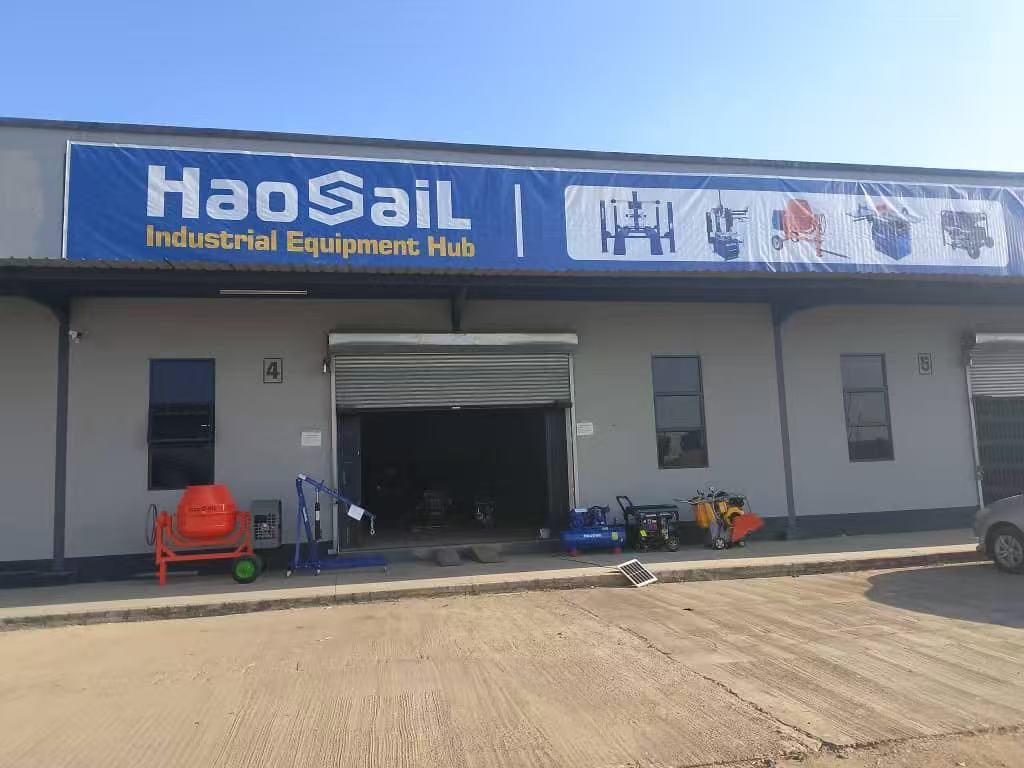
Aug 27, 2025
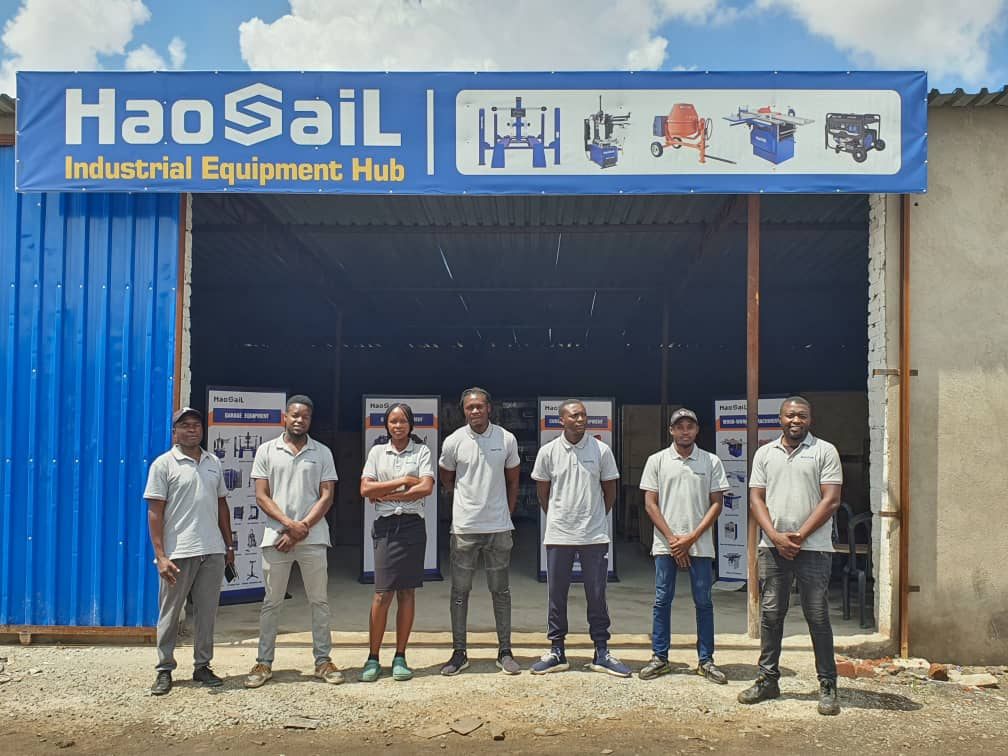
Aug 12, 2025
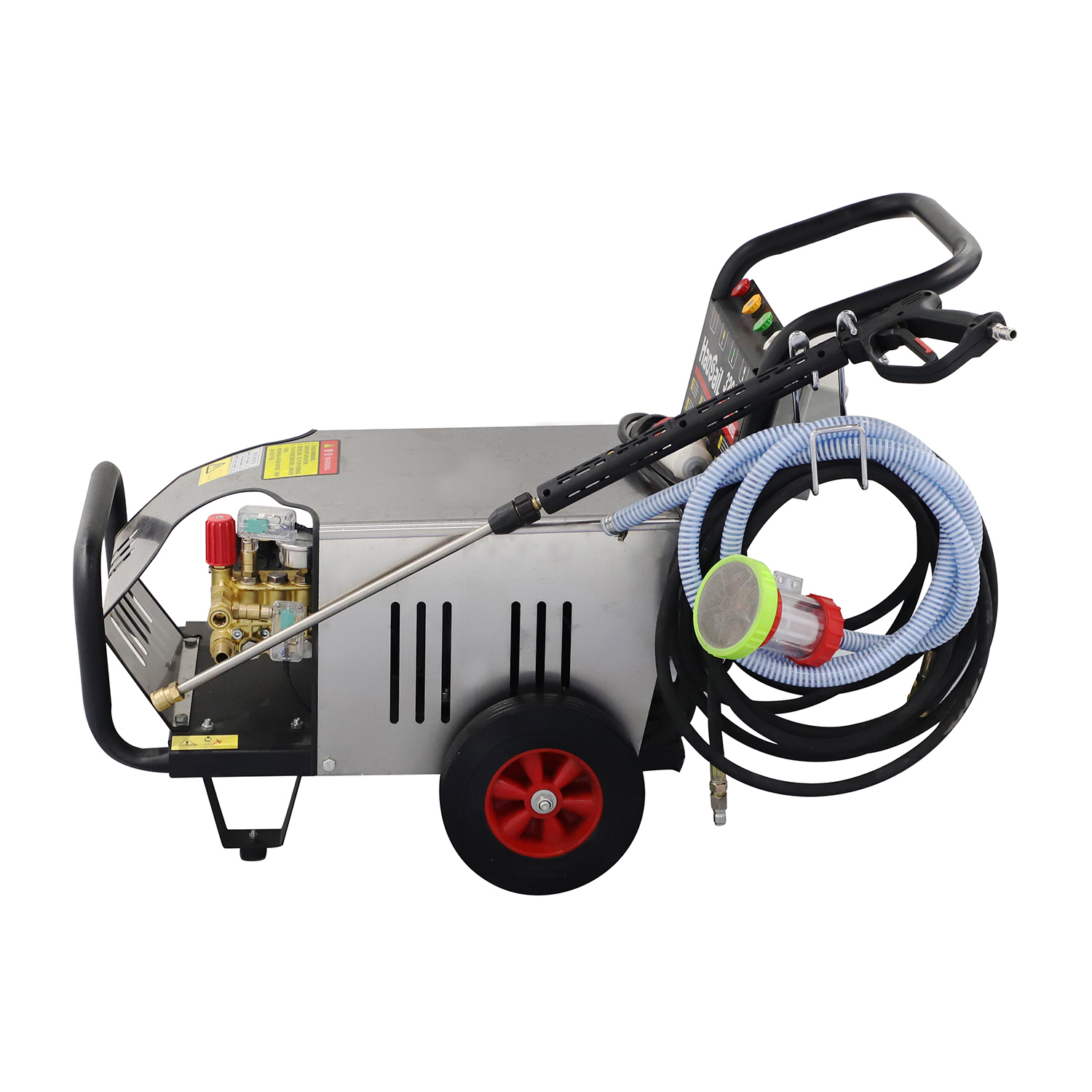
Jun 04, 2025
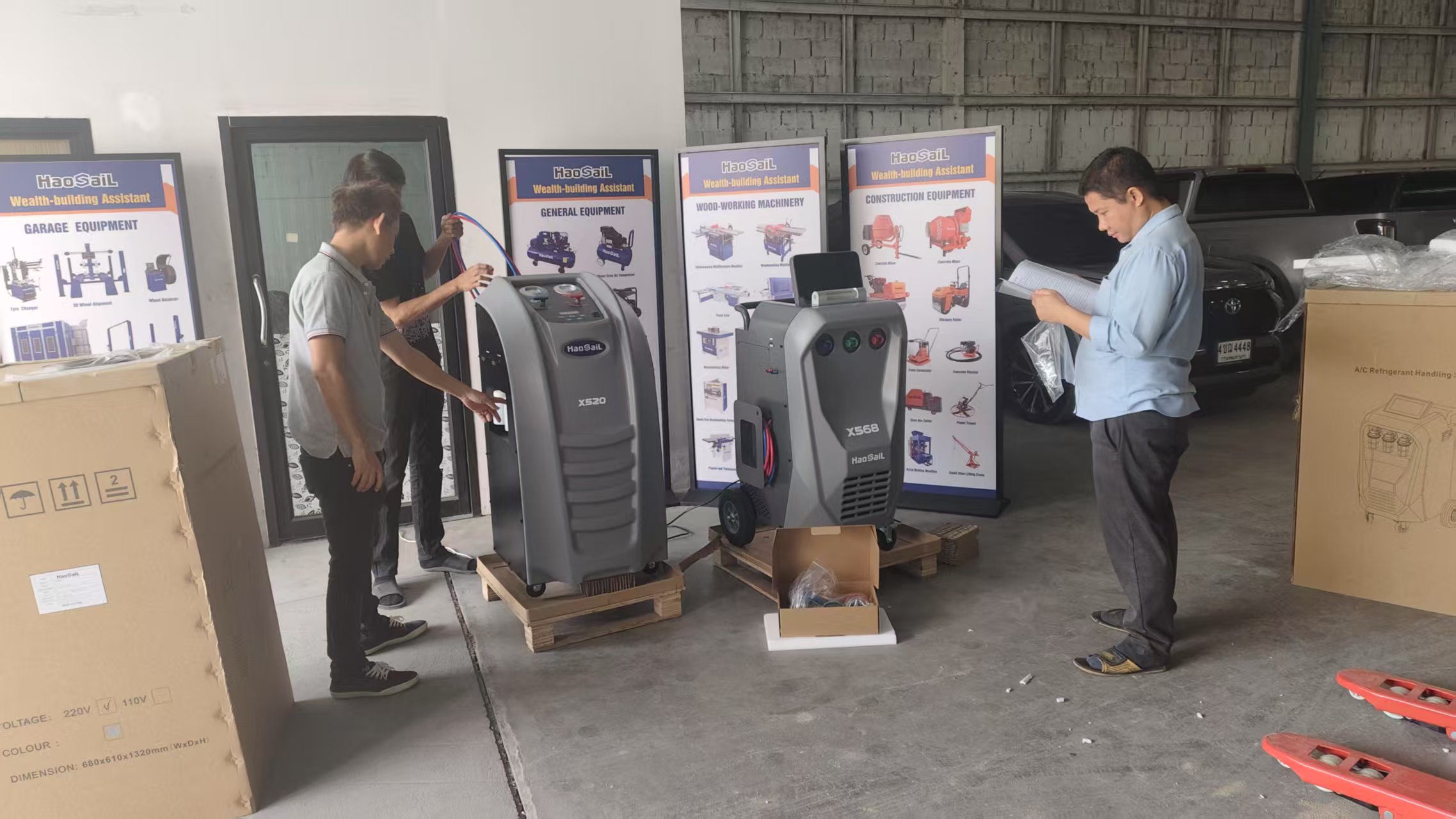
May 30, 2025
B4, Qingdao High-Tech Zone, No. 17 Songyuan Road, Qingdao.
+86 13864822549
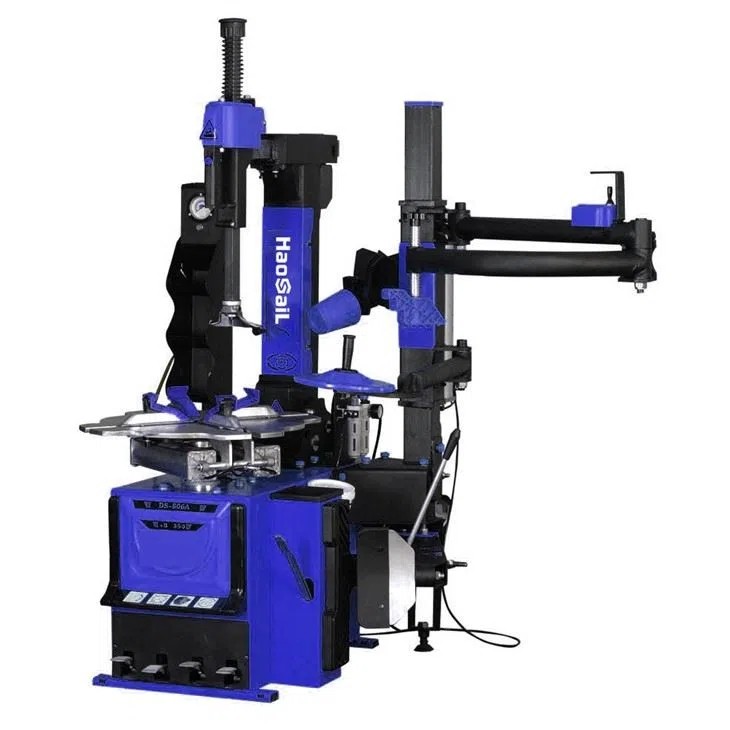
The tyre changer auxiliary arm is a crucial component in modern tyre service equipment, designed to enhance efficiency and safety during tyre removal and installation. This article explores the working purposes, benefits, and operational principles of the tyre changer auxiliary arm, along with market trends and best practices for optimal performance.
Working Purpose and Benefits
1. Enhanced Safety
The tyre changer auxiliary arm provides stable support during tyre demounting and mounting, reducing the risk of injury to operators. It holds the tyre securely, preventing sudden movements that could cause accidents.
2. Improved Efficiency
By stabilizing the tyre, the tyre changer auxiliary arm allows technicians to work faster and with greater precision. This reduces downtime in busy workshops and improves overall productivity.
3. Reduced Physical Strain
Traditional tyre changing requires significant manual effort, but the tyre changer auxiliary arm minimizes physical exertion by handling much of the lifting and positioning work.
4. Versatility
Modern tyre changer auxiliary arms are adjustable to accommodate various rim sizes and tyre types, from passenger cars to light trucks.
5. Protects Tyres and Rims
The auxiliary arm ensures gentle handling, reducing the risk of damage to delicate alloy rims or low-profile tyres during the changing process.
Working Principle
The tyre changer auxiliary arm operates through a combination of mechanical and pneumatic systems:
1. Adjustable Positioning
The arm can be raised, lowered, or rotated to align perfectly with the tyre bead, ensuring optimal contact during demounting/mounting.
2. Bead Breaking Assistance
Integrated with the tyre changer's main unit, the auxiliary arm applies controlled pressure to help separate stubborn tyre beads from the rim.
3. Locking Mechanism
Once positioned, the arm locks securely to maintain stability throughout the tyre changing process.
4. Ergonomic Design
Most models feature padded contact points and smooth movement to prevent tyre damage and operator fatigue.
Global Market Trends
1. North America & Europe
- High adoption in professional workshops due to labour cost savings
- Increasing demand for automated tyre changer systems with smart arms
2. Asia-Pacific
- Rapid growth in automotive service sector driving demand
- Local manufacturers offering cost-effective auxiliary arm solutions
3. Emerging Markets
- Gradual shift from manual to equipment-assisted tyre changing
- Government safety regulations boosting adoption
Key Operation Guidelines
1. Proper Setup
- Ensure the tyre changer auxiliary arm is correctly installed and lubricated
- Verify smooth movement before each use